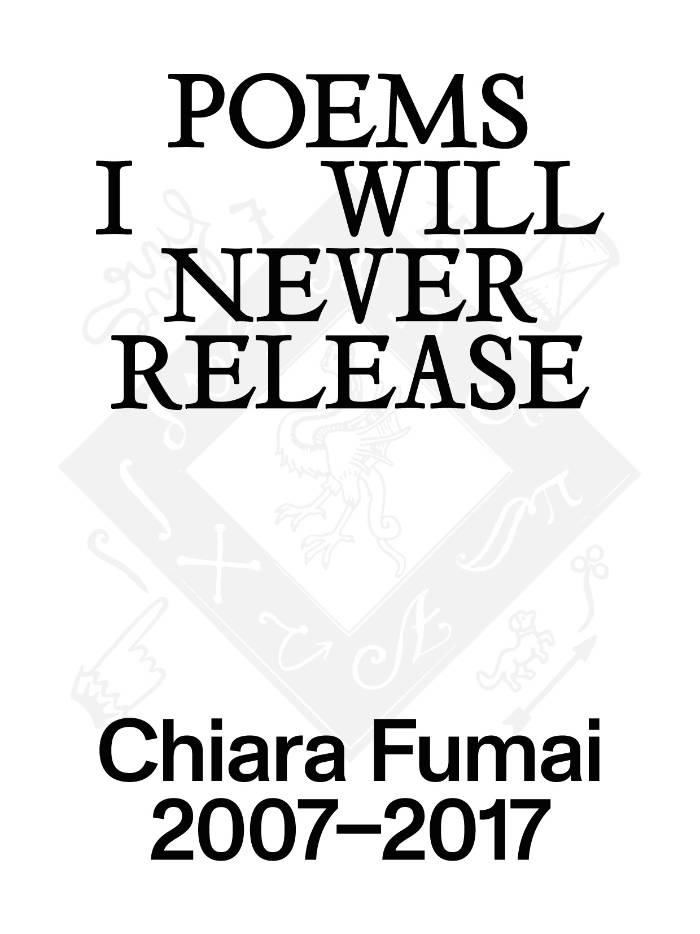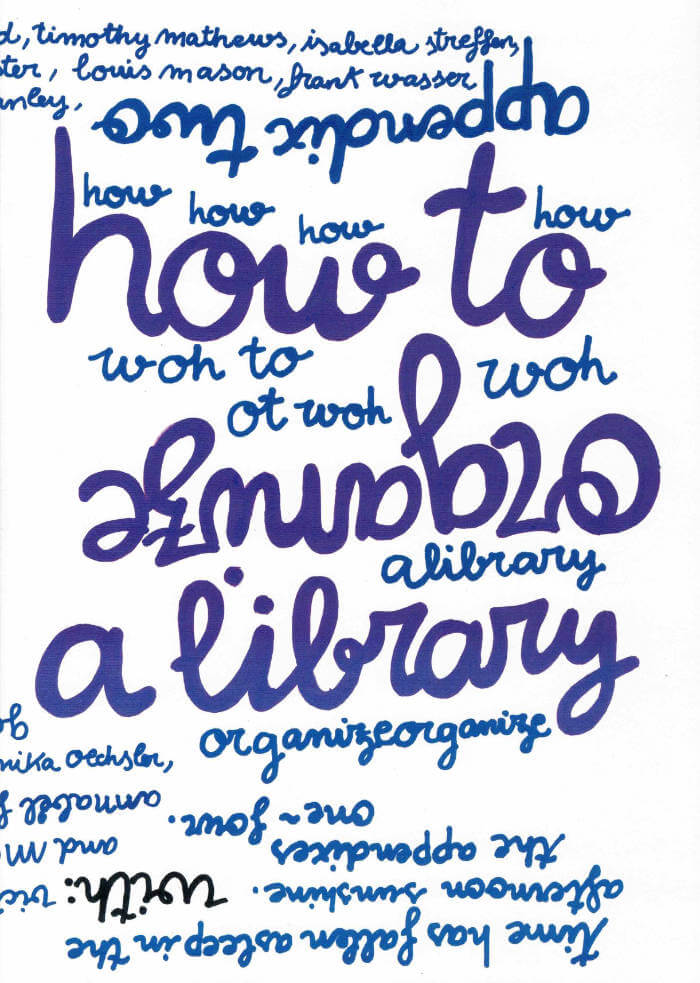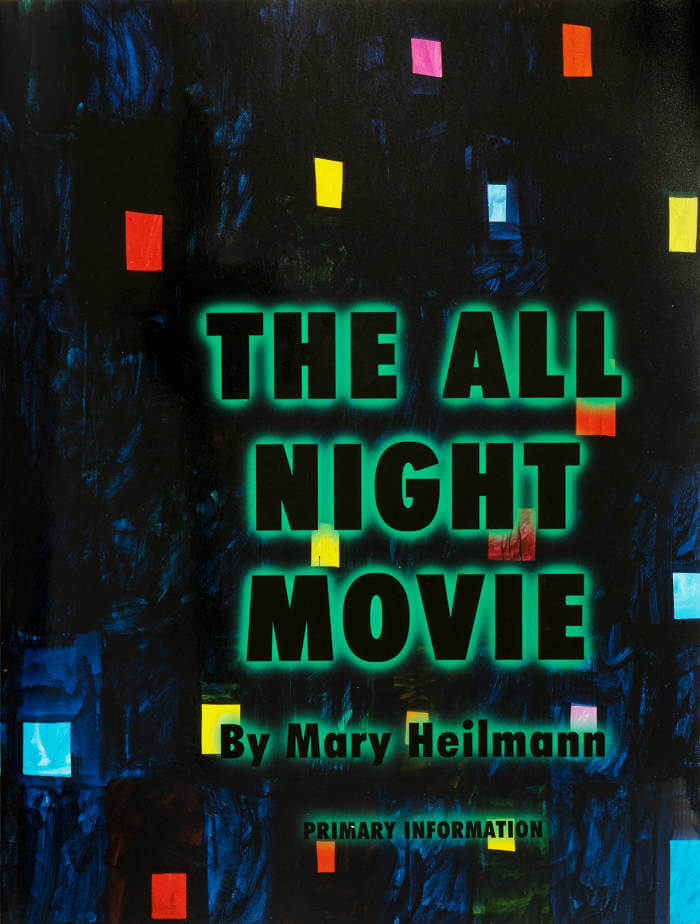
Poems I Will Never Release, 2007-2017
First retrospective monograph: an essential resource for any in-depth critical study of Chiara Fumai's work and thought, including a first systematic analysis of her oeuvre.
This book is dedicated to the complex artistic trajectory of Chiara Fumai, who played a significant role in the development of performance and feminist aesthetics in the twenty-first century and who died prematurely in 2017, at the age of only thirty-nine. Conceived as a critical monograph on Fumai's work as a visual artist, performer, DJ and music curator, Poems I Will Never Release is the first volume to trace the entirety of her artistic path: from her scathing video performances and large-scale installations, to her more intimist practices of automatic writing and collage and her incursions into music.
Almost 500 pages long, the volume is divided into three main chapters. The first of these brings together essays by prominent writers, curators and artists who examine Chiara Fumai's work from various perspectives, highlighting its intersections with anarchism, feminism, ideological forms and discourses of power and oppression, the animal rights movement, theater, surrealism and esotericism. The second chapter presents an imposing iconographic apparatus that documents Chiara Fumai's entire artistic production, from 2007 to 2017, while the third offers an exhaustively detailed chronology and bibliography.
The book collects essays by Irene Aristizábal, Andrea Bellini, Federico Campagna, Milovan Farronato, Francesco Urbano Ragazzi, Mara Montanaro, Chus Martínez, Paulina Olowska and Giovanna Zapperi, as well as conversations between Raimundas Malašauskas and Gabriel Lester, and Cristiana Perrella and Marcello Bellan. The chronology and bibliography are edited by Sara de Chiara.






